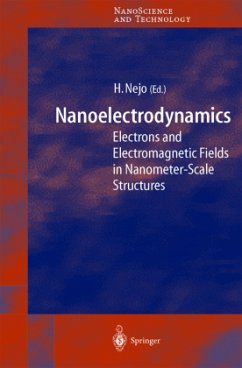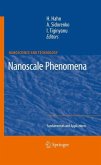Many books on mesoscopic systems have been published as progress has con tinued in the fields of nanoscience and nanotechnology. The focus in these books is mainly on quantum mechanical behavior in artificial electronic sys tems fabricated by nanometer-scale structuring. Such quantum mechanical behavior is projected to macroscopic observers and the quantum nature can be utilized in practical devices. Quantum computers, another hot topic nowa days, are characterized by excitation coherence properties among nanostruc tures, and the ability to maintain excitations is very important when using the characteristics as information. In that sense, the device is described as a microscopic system and some processes occur before being projected to macroscopic observers. In this book, the authors try to describe not only the techniques for fabricating nanostructures but also new directions as re gards exciting systems and understanding how energy is dissipated through observation. The idea of 'nano-electrodynamics' underlying the book is an analogy with the well-established classical electrodynamics. In contrast to the latter, 'nano-electrodynamics' is still in its infancy and far from well established. When a structure is miniaturized as a device, it is essential to have control over energy excitation and dissipation. Otherwise, when a device is squeezed down beyond a certain size and the energy dissipation becomes overwhelmed, the device will eventually collapse. It is our aim in this book to provide some thoughts on the task of making devices out of small structures.








